Guest Post by Asiem Sanyal – Asiem is part of The Andaman and Nicobar Islands Environmental Team (ANET), having special interest in the conservation of Turtles. He is also very interested in our artificial reef building activities and was part of a recent reef building dive as well. He details out the start of what we can predict to be a very long association between Temple and him, as he shares with us his experiences during his PADI Rescue Diver + EFR Course.
When I came to Temple Adventures for my Rescue Diver+EFR course, I must admit I had little idea of what I was getting into. My dive experience till this point had comprised of dives in the Andaman Islands; as an Advanced Open Water Diver, I was comfortable having my Instructor point things out to me. To be sure, I kept my eyes open underwater, but I am a dreamy sort of fellow, and would often get easily distracted by passing schools of fish, or stop and gawk at a passing turtle. My exasperated instructor would rap on her tank to gain my attention, sometimes having to do so more than once!
Wishing to conduct research on marine ecosystems in future, I discovered that it would be advisable to have a Rescue Diver-level qualification, if not a Divemaster-level. I’d heard about Temple Adventures before, and made up my mind to dive with them.
Sauntering into the reception area, I met Akhil, who would be my Instructor for the course. He started me off on videos, and I was lulled into a false sense of security, despite the video clearly stating that this course would be one of the most challenging (but fun!) courses I would take. We then headed to the pool, where Akhil ran over some exercises with me.
By this time, I had developed this vague unease; I had a sense that my cocoon of security would be broken very soon. I was told to report early next day (as in, before-the-rooster-crows early).
I reached Temple Adventures the next day, still groggy and trying hard to stifle my yawns. The centre was already bustling with activity; people were running around, putting together their gear, some quietly sipping coffee in the reception area, some talking between mouthfuls of breakfast. I packed my gear as quickly as I could, ate a bit, and before you could say ‘Jack Robinson’, we were off to the boats.
The dive-site was approximately an hour from the shore, and I gazed at the horizon in silence as we sped to our destination. Akhil had briefed me about what I was supposed to do, prior to our departure. The waters were relatively tranquil, and no one spoke on the boat.
Dive one of the day went without a hitch. Akhil had to help out an AOW diver as well, so I buddied with Divemaster Tuborg. There were a strong current at the surface as well as the bottom by this time. We got thrown a bit off course, but for a change, I had mentally noted the direction of the anchor-line, and we finned towards it, and ascended slowly. Aboard the boat, everyone rested awhile, and then Ravi revved the engine to take us to our next dive site.
It was while I was talking to Tuborg, that Akhil suddenly fell off the boat! I was briefly alarmed, scrambling to locate my mask, snorkel and fins. Akhil’s cries of help were becoming fainter by the second. Once I was ready, I dived in to rescue him. After much circling, avoiding Akhil’s attempts to submerge me, and a slight gaffe where I yanked on his hood and nearly choked him, we were back to the boat. I had effected my first rescue! Akhil showed me how to pull him up onto the boat from the water (not an easy task!), and then we were done for the day!
I was mentally prepared for the next day’s dives. Or so I thought. For some reason, I kept erring with my navigation. After what seemed like a million retries (but in reality were only two), I no longer made a triangle instead of a ‘U’, and Akhil gave me the thumbs-up. Following which he promptly became unconscious, and plopped onto the sand-bed. Sigh. Getting Akhil to the surface wasn’t easy. Trying to make sure I ascended slowly, I looked up in time to spot a jellyfish hovering right above us, and managed to divert our path of ascent in time. Akhil had me do another tow to the boat, and I enlisted people’s help to carry out a better rescue than the day before. We were done!
Back at the centre, Akhil gave me his feedback, the result being, I HAD PASSED! Of course, I still had to finish my EFR training.
Rob took over for my EFR. Compared to the rescue scenarios, this was easier, and Rob was very thorough in talking me through my doubts, but I still goofed up a bit when Krystof arranged multiple scenarios for me. Eventually, though, I got the hang of it, and safely managed to provide CPR (simulated) to a patient, while calling for help.
By the end of these courses, I had a little trouble recognising myself. I realised exactly how important it was to stop, think, and then act (although, of course quickly and decisively). Moreover, the rescue course made me extremely aware (hyper aware!) of my fellow divers, their equipment, and my own equipment, both above and under water. I also learnt to expand my bubble of consciousness to include all organisms in my immediate environment. Being alert – I realised how important that was. ‘Constant Vigilance’, as Mad-Eye Moody would have said.
I cannot wait to return for my Divemaster course.

 18650 Lithium Ion Battery
18650 Lithium Ion Battery 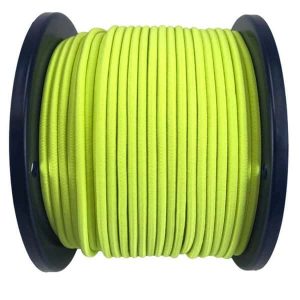 Bungee - 1m
Bungee - 1m 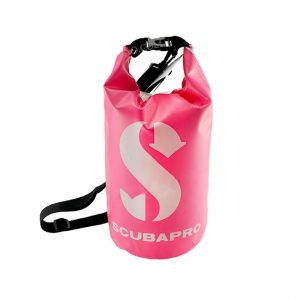 Dry Bag w shoulder strap - Medium (23.5cm X 60cm) 25L
Dry Bag w shoulder strap - Medium (23.5cm X 60cm) 25L 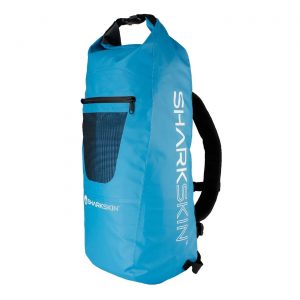 Sharkskin BACKPACK 30L BLUE
Sharkskin BACKPACK 30L BLUE 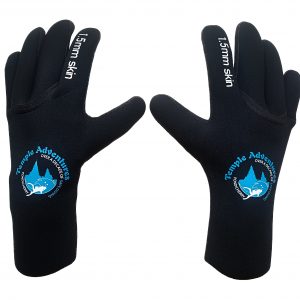 Boneman Temple Gloves
Boneman Temple Gloves 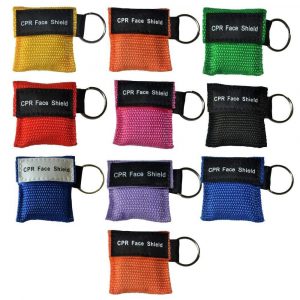 CPR Face Shield - Multicolour
CPR Face Shield - Multicolour 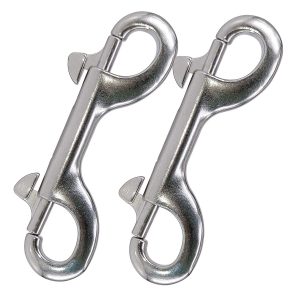 Double Ended Snap Hook
Double Ended Snap Hook 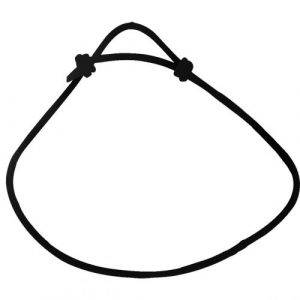 X-Tek Access - Regulator Necklace
X-Tek Access - Regulator Necklace  Battery Charger
Battery Charger 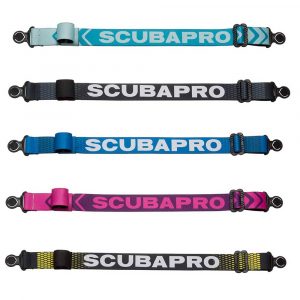 Comfort Mask strap
Comfort Mask strap 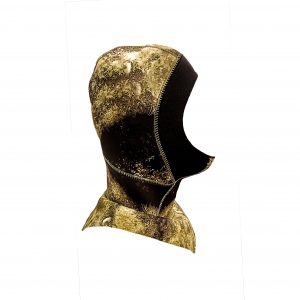 Diving Hood
Diving Hood 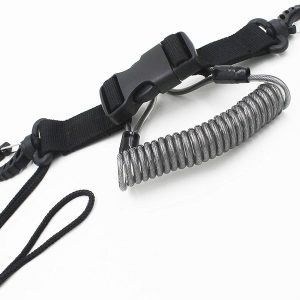 Lanyard
Lanyard 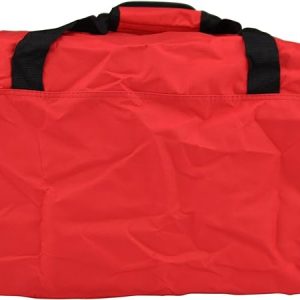 Duffle Bag w handles on both sides 1.1kg 54L
Duffle Bag w handles on both sides 1.1kg 54L